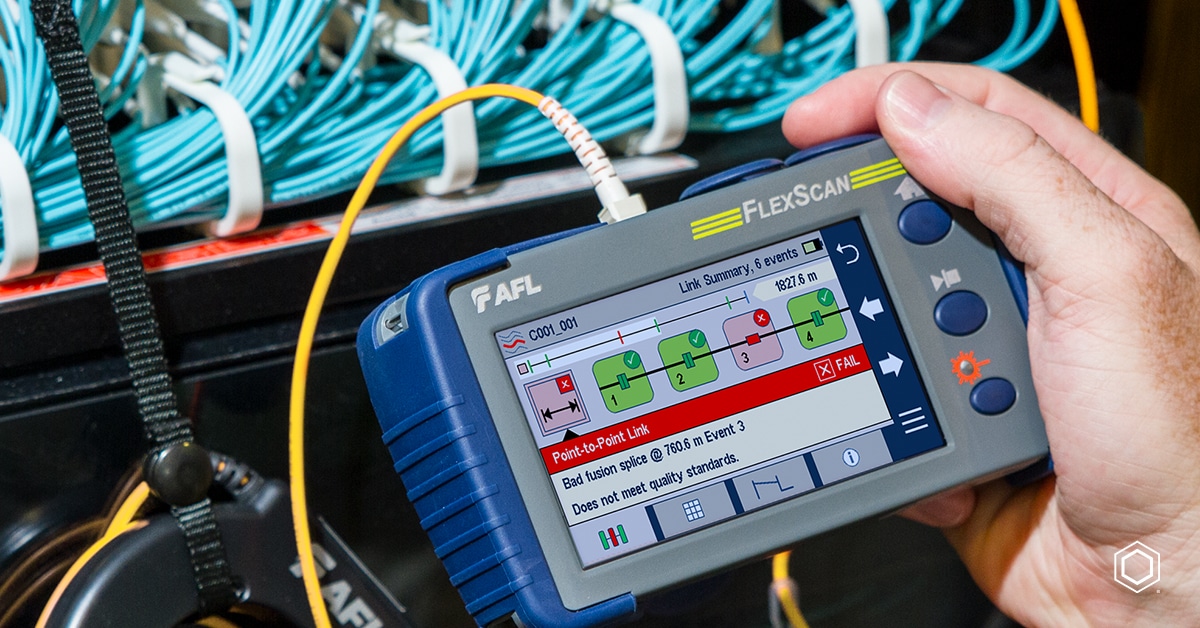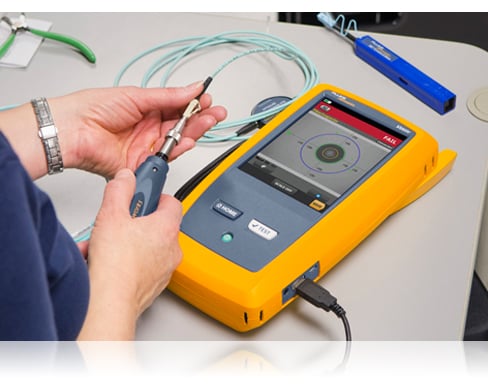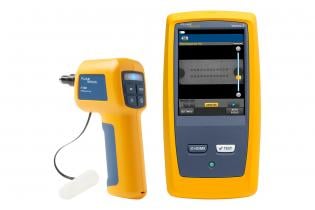Optical fibre testing equipment guarantees precision in fibre network installations.
Optical fibre testing equipment guarantees precision in fibre network installations.
Blog Article
Unveiling the Trick Uses of Optical Fiber Checking for Reliable Data Transmission
In the world of contemporary communication, optical fibre testing emerges as a vital technique for maximizing information transmission. Recognizing the complex applications of optical fiber testing welcomes a deeper exploration right into its crucial role in shaping the future of data interaction.

Relevance of Optical Fibre Testing
The relevance of optical fiber screening can not be overemphasized, as it functions as an essential element in ensuring the integrity and efficiency of information transmission systems. In a period where high-speed communication is extremely important, any type of shortages in fibre optics can lead to significant data loss and lowered efficiency. Strenuous testing protocols are vital to confirm the integrity and performance of optical cords.
Examining permits the identification of flaws such as micro-bends, macrobends, and splice losses that might prevent signal top quality. In addition, it provides insights right into the total attenuation and transmission capacity abilities of the fiber, making sure that the network fulfills specific operational standards. Routine testing not just improves system performance but additionally extends the lifespan of the infrastructure by identifying potential problems before they escalate right into pricey failures.

Kinds Of Optical Fibre Examinations
Numerous kinds of optical fiber tests are carried out to guarantee the performance and reliability of fiber optic networks. These examinations can be categorized into a number of crucial types, each serving a certain function in examining the honesty of the fiber.
First, Optical Time Domain Reflectometry (OTDR) is a prominent examination that recognizes mistakes, entwines, and ports within the fibre. By sending out pulses of light and evaluating the mirrored signals, service technicians can pinpoint problems along the fiber's length.
Second, insertion loss tests evaluate the quantity of signal loss when light passes with ports or splices, which is essential for keeping network performance.
Third, return loss tests measure the amount of light reflected back towards the source, providing understandings right into the high quality of connections and prospective resources of disturbance.
Additionally, connection tests ensure that the fibre path is complete, enabling specialists to verify that the fiber is undamaged without any breaks. robotic vision.
Finally, aesthetic fault locators utilize noticeable light to determine breaks or extreme bends in the fibre, helping in quick troubleshooting. Jointly, these tests develop a detailed technique to keeping optimal efficiency in fiber optic networks.

Applications in Network Upkeep
In modern telecommunications, reliable network upkeep see this website depends greatly on why not try here optical fiber testing to recognize and correct concerns immediately. Routine testing ensures that the network runs at optimum performance levels, decreasing downtime and boosting customer experience.
One of the key applications of optical fibre screening in maintenance is the detection of mistakes, such as breaks, flexes, or improper connections. Methods like Optical Time Domain Name Reflectometry (OTDR) allow technicians to locate these concerns properly and assess the quality of the fibre link. Additionally, loss screening confirms the stability of the optical course, guaranteeing that signal attenuation continues to be within appropriate restrictions.
Routine upkeep screening additionally aids in precautionary procedures, identifying potential problems before they escalate right into significant failures. This aggressive method can conserve organizations both time and funds. During upgrades or developments, optical fiber testing makes certain that new setups integrate flawlessly with existing framework.
Enhancing Data Transmission Reliability
Effective network maintenance via optical fibre screening not just addresses instant concerns yet additionally plays a considerable role in enhancing data transmission reliability. By determining mistakes, determining signal loss, and analyzing click this the overall condition of fiber optic wires, testing makes certain that potential problems are rectified prior to they intensify right into considerable disturbances.
Normal optical fiber screening, such as time-domain reflectometry (TDR) and optical time-domain reflectometry (OTDR), enables technicians to pinpoint the exact locations of breaks, bends, or adapter issues within the network. This positive method not just reduces downtime but likewise enhances the efficiency of data transmission by making certain that the pathways for signals are clear and functioning efficiently.
Additionally, testing help in confirming adherence to market standards and specs, which is crucial for preserving the honesty of data flow. By guaranteeing that each link fulfills needed limits for loss and top quality, companies can bolster their self-confidence in the integrity of their information networks.
Inevitably, buying comprehensive optical fiber screening not just improves data transmission integrity but additionally sustains the long-lasting functional effectiveness of interaction frameworks.
Future Patterns in Fibre Screening
Emerging technologies are positioned to change fiber screening, paving the way for boosted performance and accuracy in information transmission diagnostics (robotic vision). As the need for faster net and greater bandwidth remains to climb, the combination of sophisticated devices such as fabricated intelligence (AI) and artificial intelligence (ML) is set to change conventional fiber screening approaches. These innovations will allow anticipating upkeep and automated fault discovery, dramatically lowering downtime and improving network reliability
In addition, the fostering of Web of Points (IoT) tools will assist in real-time tracking of fiber networks, permitting immediate recognition of efficiency problems. This shift in the direction of proactive monitoring will certainly reduce disturbances and maximize information flow.
In addition, advancements in optical time-domain reflectometry (OTDR) and new testing requirements will enhance the precision of dimensions, ensuring that information stability is preserved throughout the transmission procedure. The arrival of 5G innovation additionally demands the growth of extra sophisticated fibre screening strategies to support its high-speed needs.
Final Thought
To conclude, optical fibre screening is vital for keeping reliable information transmission within communication networks. By utilizing various testing methods, such as OTDR and insertion loss tests, possible mistakes can be recognized and rectified, consequently improving signal quality and decreasing downtime. Routine testing not just makes certain conformity with industry standards however likewise assists in proactive maintenance, ultimately contributing to the long-term dependability and efficiency of fibre optic systems. The ongoing evolution of testing methods will additionally strengthen these capabilities in the future.
Report this page